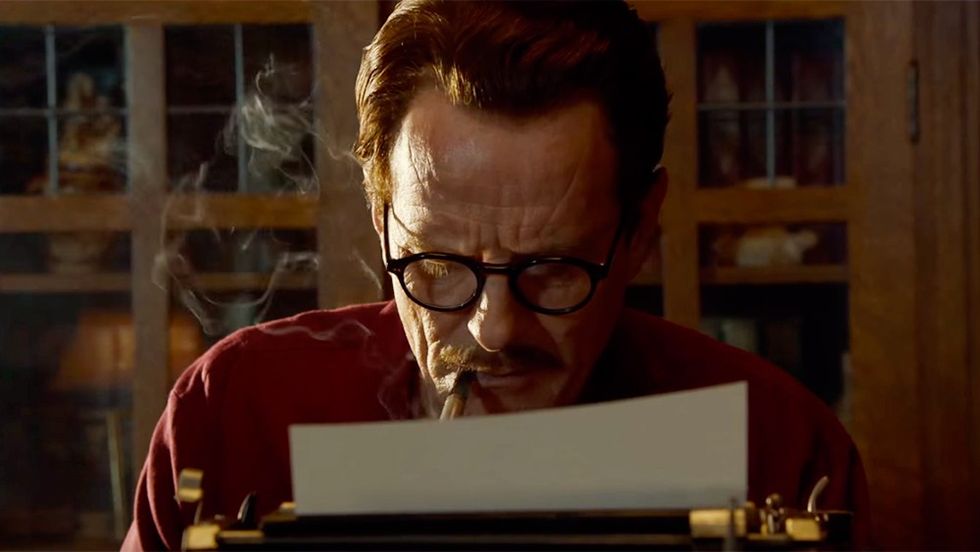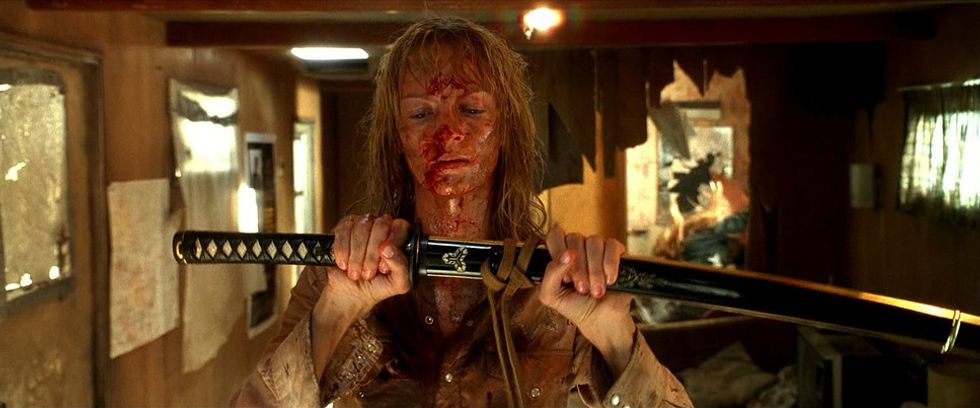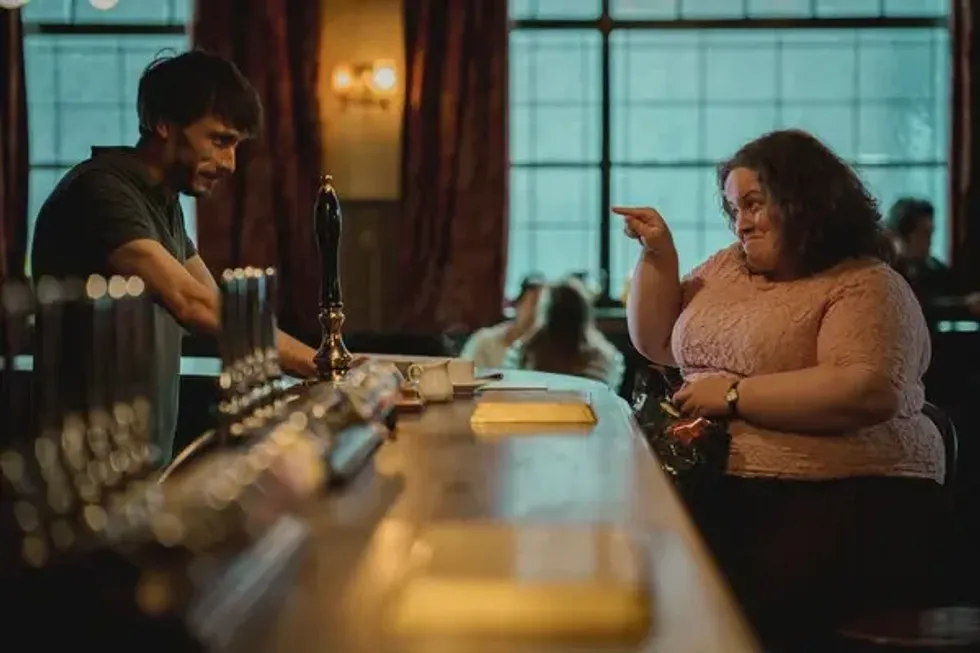Watch: Unpacking Steven Spielberg's Masterful Scene Transitions
This video demonstrates Steven Spielberg's masterful use of the match cut as an aid to his visual storytelling.

As a new video from Film Theorists states, "a good director is always thinking about the edit and how one scene will transition into the next." Few directors give as much thought to this crucial element of filmmaking as Steven Spielberg, who, besides being one of the most successful filmmakers in history, is also one of the most widely respected. Spielberg is particularly adept at finding "ingenious ways to link scenes together," and he does so, more often than not, with in-camera effects.
The Match Cut
One of his go-to techniques: the match cut, where "the composition, movement, or audio in one shot is duplicated in the next."
Some famous examples of match cuts can be seen here. More than just linking scenes temporally, though, the match cut works by linking two different scenes thematically, as well as graphically, so that there is a beauty as well as a continuity to the shot. Perhaps one of the most famous match cuts in history is from Stanley Kubrick's 2001: A Space Odyssey, and Spielberg, good friends with Kubrick (Spielberg took over A.I. from Kubrick) has been quoted as saying, "I love editing. It's one of my favorite parts of filmmaking."
"I love editing. It's one of my favorite parts of filmmaking."
Lateral Movement
Spielberg's match cuts tend to be particularly inventive. Take this one, for example, from Close Encounters of the Third Kind, where the director employs actor movement to link two disparate scenes separated by time and space.
As the hands point to the sky, the "vertical motion is continued as [the] academics stand and clap in the next scene." It's a subtle use of the match cut, and though it calls attention to itself, it doesn't do so in a way that is out of rhythm with the sequence in which it takes place.
The Sound Bridge
Spielberg is, above all, a masterful visual storyteller. Here, what he does is pair a sound bridge with a match cut. In a sound bridge, not only are the images matched, but so are the sounds, and frequently in an inventive way.
While this cut also calls attention to itself, it makes for a great introduction to Goldblum's character, and a reintroduction to the world of the first film.
First, we get the visuals: a woman screaming, then Goldblum yawning. Both images also feature a tropical background; one real, one artificial. And, in a particularly imaginative twist, "the woman's scream transitions into the screeching of the subway rails," which is a great example of the sound bridge, as well as a clever graphic match that manages to not only reintroduce Goldblum, but also his character's laidback demeanor. (This is particularly effective given the context in which it's presented; it also contrasts the settings, urban jungle with actual wilderness.)
This video should be edifying for any filmmaker who is interested in the art of visual storytelling—which is, in the end, what sets filmmaking apart from any other art form. Though Spielberg uses his talents to entertain, his techniques are valuable for any filmmaker, no matter what you set out to do. And, it goes without saying (though I'll say it anyway): if you can somehow get Jeff Goldblum involved, well, so much the better.
Source: The Film Theorists














